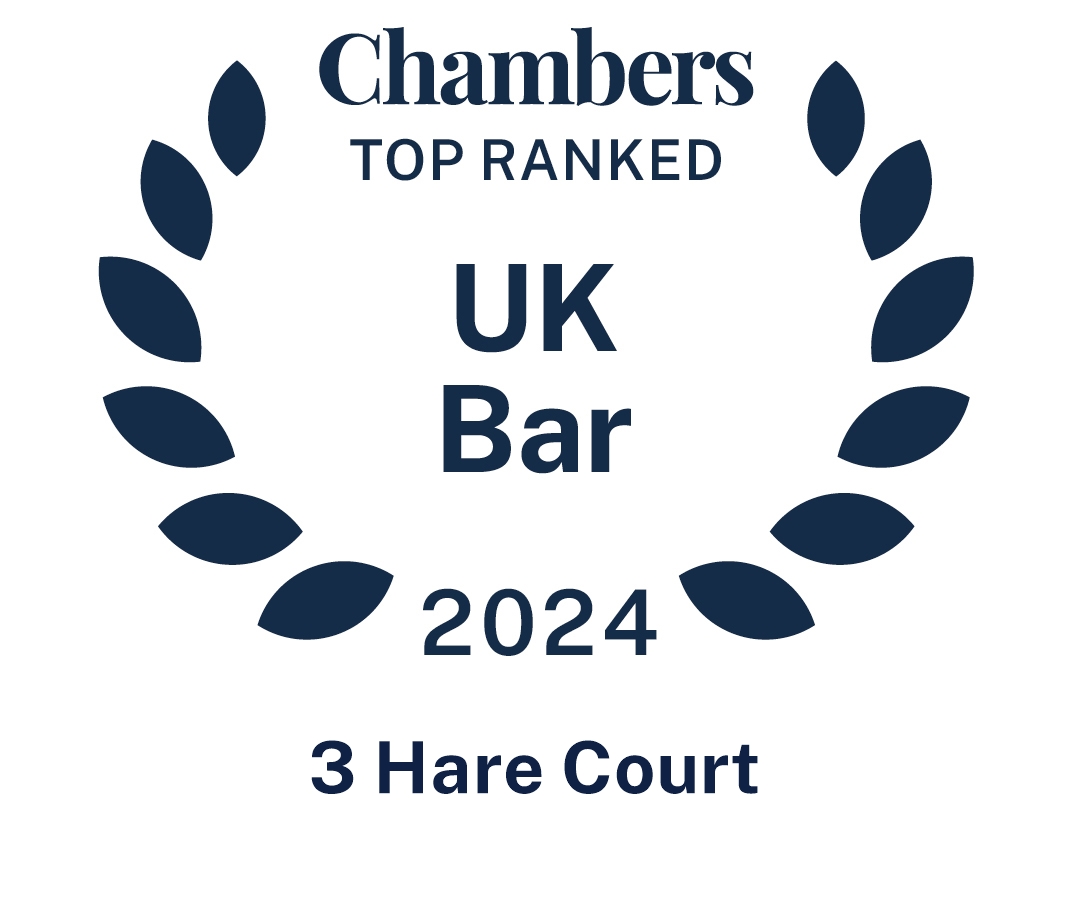Chambers can trace its origins to the set formed by the late Sir Frank Soskice QC MP in 1945 at the time of his appointment as Solicitor General. Sir Frank was appointed Attorney General in Clement Attlee’s government and then Home Secretary in Harold Wilson’s government. He retired in 1966 and was created a life peer as Baron Stow Hill of Newport in the county of Monmouth.
‘Yes Minister’ was based on Sir Frank! The co-creator, Sir Antony Jay said he wrote it after seeing in 1962 that Sir Frank as a Labour MP helped to start a petition to grant wrongly executed Timothy Evans a posthumous pardon, but then as Home Secretary three years later rejected any new investigation. He wrote ‘Yes Minister’ to highlight the parliamentary hypocrisy.
Since then four Heads of Chambers, Sir Christopher French, Sir Stuart McKinnon, Sir George Newman and Sir James Dingemans, have been appointed High Court Judges and with Sir James Dingemans going onto the Court of Appeal in 2019 and in 2020 being appointed Vice-President of the Queen’s Bench Division. One previous Head, the late Sir Godfray Le Quesne QC was Chairman of the Monopolies and Mergers Commission between 1975 to 1987 before returning to practice at the Bar. Other heads of chambers have included Mervyn Heald QC, Mark Strachan KC, James Guthrie KC, Peter Knox KC, and Jeffrey Golden KC (Hon). Howard Stevens KC became head of chambers in May 2022.



